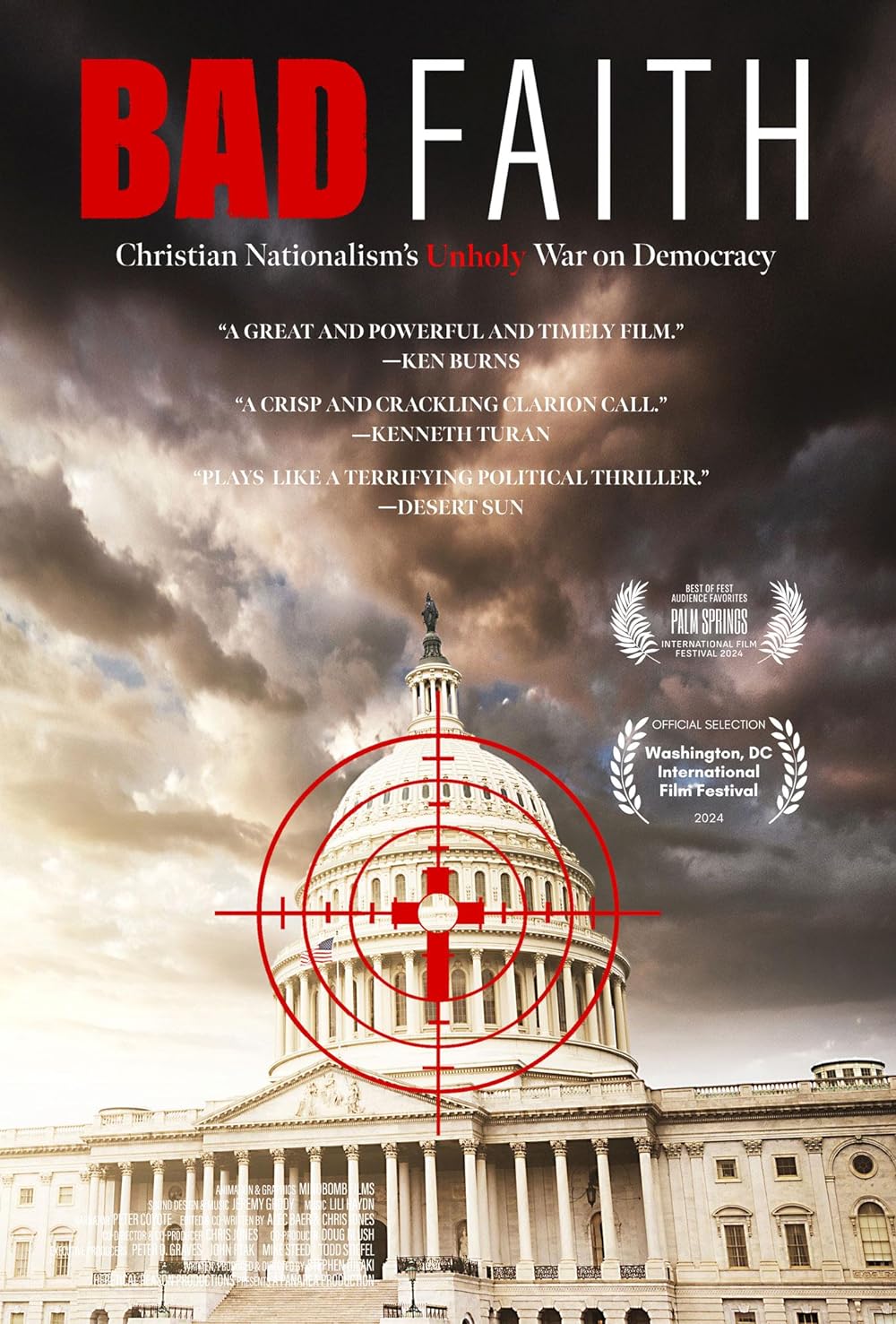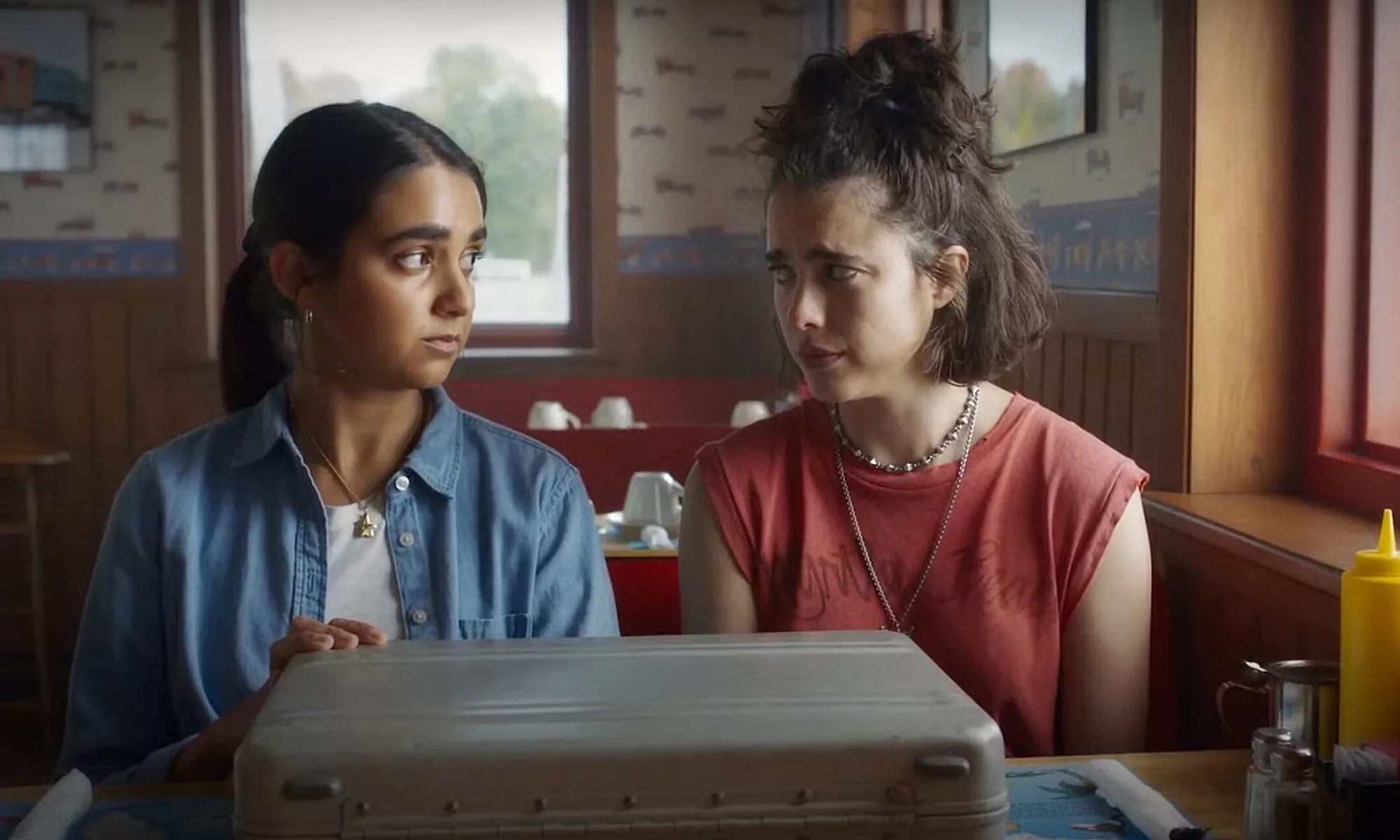From Justin to Kelly
Posted on June 20, 2003 at 6:12 pm
C| Lowest Recommended Age: | Kindergarten - 3rd Grade |
| Profanity: | Very mild |
| Nudity/ Sex: | Mild sexual references and double entendres, whipped cream bikini contest |
| Alcohol/ Drugs: | Drinking in bar |
| Violence/ Scariness: | None |
| Diversity Issues: | Diverse characters |
| Date Released to Theaters: | 2003 |
Just about everyone already knows when Justin Guarini really met Kelly Clarkson — they were the two finalists on the wildly popular first season of “American Idol.” This quickie film was rushed into theaters to expand and extend their 15 minutes of fame; instead, it may extinguish it. This is not a terrible movie. It just isn’t a very good one.
A slight story about spring break romances is the excuse for a series of forgettable musical numbers, each delivered with the same shake-the-rafters power ballad punch.
Kelly’s namesake character is a waitress/singer in a Texas country and western bar who is persuaded by her two friends, scheming party girl Alexa (Katherine Bailess) and smart, loyal Kaya (Anika Noni Rose) to go to Miami for spring break. Also arriving in Miami are party promoter Justin and his two friends, party boy Brandon (Greg Siff) and nerdy Eddie (Brian Dietzen). The ensuing romantic intrigue includes jealous Alexa’s attempts to derail the romance between Justin and Kelly, Kaya’s dates with a poor but proud busboy, Brandon’s encounters with a stern female cop, and Eddie’s missed meetings with his online dream date.
It tries to be an updated Frankie and Annette beach party movie with cell phones and whipped cream bikini contests, but Frankie and Annette showed more energy, charm, and heart before the opening credits than this movie can manage in all of its seems-longer less-than-90 minutes. Guarini and Clarkson are game and clearly like each other, but there are no romantic sparks between them and they both seem a little dazed by the movie-making experience. Let’s just say that if there was an American Idol for acting, they would not have made it to the finals. The musical numbers are intermittently mildly enjoyable, but at about the level of a theme park variety show.
Parents should know that the movie has some mild swearing and sexual references. Kelly objects when Justin and his friends organize a whipped cream bikini contest. Some characters talk about “party” behavior (in mild terms), but the behavior they exhibit would impress even Annette and Frankie. Justin and Kelly share just one kiss. Characters drink in a bar. It is worthwhile to note that there are inter-racial friendships and romances, positively portrayed.
Families who see this movie should talk about why Alexa was jealous of Kelly and why it took Kelly so long to figure out that Alexa was disloyal?
Families who enjoy this movie might enjoy “Beach Party” and the other movies in the series. Fans of musicals that — to be kind — had trouble finding their audience might enjoy “Xanadu,” “Can’t Stop the Music,” “Lost Horizon,” and “At Long Last Love.”






